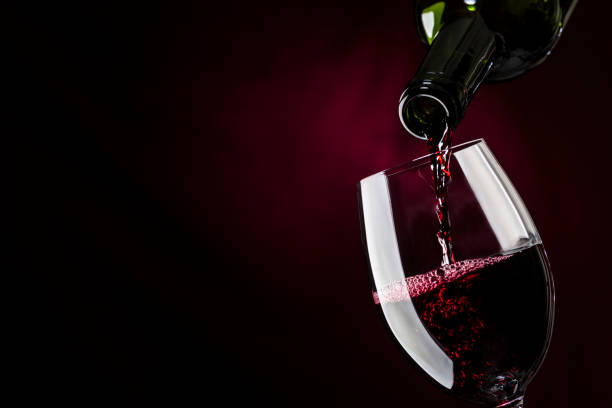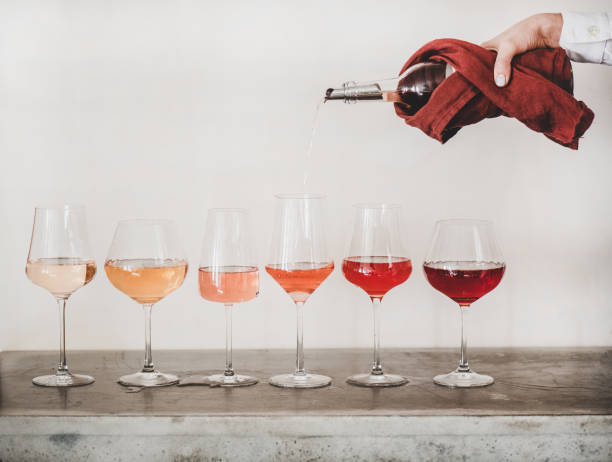Some would argue that wine ratings can be used as a guideline for quality, while others are a way to determine what makes premium wine. They are an assurance that we are making the right decision. For others, it may be an insurance policy for our purchase.
These wine ratings are not perfect, just like wine. Ratings can vary, scales may differ, and scores might not always align with other critics. How can we understand them? Continue reading to learn more.
Robert Parker’s 100-point system was the catalyst for the revolution in wine rating. It was introduced to the United States in 1980. This scale was first used to judge wine and is still widely used. In Australia, James Halliday ( Wine Companion), Wine Front, and Ray Jordan are the most prominent users of the 100-point scale. Although it is sometimes called the 100-point system (or the 100-point system), any score below 80 will be considered unfavorable.
James Halliday rating scale – Halliday Wine Companion 2017
James Halliday is Australia’s most respected wine critic. He uses the five-star scale to review wines and wineries. Halliday is best known for his hotel reviews. He uses this scale with modifications to show the quality of top-tier Australian wineries. Decanter and Wall Street Journal are two other publishers that use this scale.
Five red stars are James Halliday’s highest rating that a winery can receive.
Halliday uses the five-star system to create an evocative layer that adds color to indicate where wineries are consistently at near perfection. A winery rated five stars for at least two years will have one to five stars colored black. However, if they have attained a minimum of two wines rated 95 or higher in the past two years, they will be awarded the Halliday 5-Red Stars.
The 20-point scale is third in popularity, after the 100-point and 5-star ratings. Although the 20-point scale is not used often in Australia, it is very popular worldwide. It is a simplified version of the 100-point scale. Jancis Robinson, a Master of Wine and critic in Britain, is the most frequent user.
Whatever rating system you use, they all aim to communicate two key elements. The first is the wine’s overall quality. The second is the expression of the grape variety and the region where it was made.
Ratings will continue to be a determinant of the wine’s quality for many. But, as with any subject, we tend to follow the person whose opinions resonate with us. Find the wine critic whose opinions and tastes align with yours, and let them help you find wines you never thought of.




